Simple Alternatives to Non-Stick Pans Made With Forever Chemicals
The sticky situation with PFAS
California’s bill to ban PFAS in cookware and other consumer products passed the legislature in September and now sits on Governor Gavin Newsom’s desk awaiting his signature. A handful of celebrity chefs, who happen to sell cookware lines containing PFAS, and the cookware industry have mounted a pressure campaign to derail the proposed law. Newsom has until October 13th to sign or veto the bill. [UPDATE: Newsom vetoed the bill on the 13th.]
The PFAS problem
As a general rule of thumb, don’t cook food in plastic.
Known most commonly by the brand name Teflon, polytetrafluoroethylene (PTFE) is a tough, slippery, synthetic (i.e., plastic) coating used to manufacture cookware as well industrial parts like bearings, valves and pumps. PTFE belongs to a class of chemicals called per- and polyfluoroalkyl substances (PFAS), also known as forever chemicals because these nearly indestructible substances persist in the environment and in our bodies. PFAS renders paper food packaging greaseproof and waterproof. It makes dental floss glide. It prevents stains from penetrating carpet and upholstery.
All the p-acronyms can get confusing. Just remember that PFTE is a type of PFAS.
The regulation-averse cookware industry claims that PFTE is safe. I assume the industry insisted that perfluorooctanoic acid (PFOA), the PFAS that went into manufacturing Teflon for four decades, was also safe. Eventually, studies showed otherwise. As a result, in the US, companies agreed to phase out PFOA by 2014, after which most companies switched to PFTE. How long until studies show PFTE poses health risks? When companies removed the synthetic estrogen Bisphenol-A (BPA) from plastics after studies revealed it carried health risks, many switched to BPF or BPS, which are no better.
Among other health concerns, PFAS negatively impacts reproduction and childhood development and increases the risk of some cancers. I took a screenshot of one small section of an EPA webpage on PFAS since who knows how long until the US Government censors this information.
Pollution
Even if PFTE posed no hazards whatsoever when we cook in it, the manufacture and disposal of these non-stick pans further contaminate the environment with PFAS. Currently, more than 172 million Americans are exposed to PFAS in their drinking water.
Only PFAS is forever
Non-stick pans are disposable. You do not bequeath Teflon pans to your kids, like you would a cast-iron pan. You bequeath them to the landfill. The slippery properties weaken over time—usually within a few years. High heat degrades the coating and cooking with metal utensils can damage the surface.
When the damaged surface flakes off, those plastic bits enter the food cooking in the pan, adding a side of microplastic to dinner. But don’t worry, the company that manufactures Teflon says eating Teflon microplastics is safe: “Particles from Teflon™ nonstick coatings are not harmful, even if ingested.” Yum! While the company doesn’t provide information to back up this claim, studies have begun to show that eating minute bits of plastic is bad for us.
Plastic utensils
Although wood utensils work well in non-stick pans, kitchen stores tend to pair black plastic utensils with the pans. Yes, that flawed study about black plastic utensils overestimated the level of fire retardants in black plastic by a factor of 10, taking it well above the EPA’s safe threshold. Still, fire retardants have no place in kitchen utensils and plastic and heat do not mix.
The canary in the kitchen
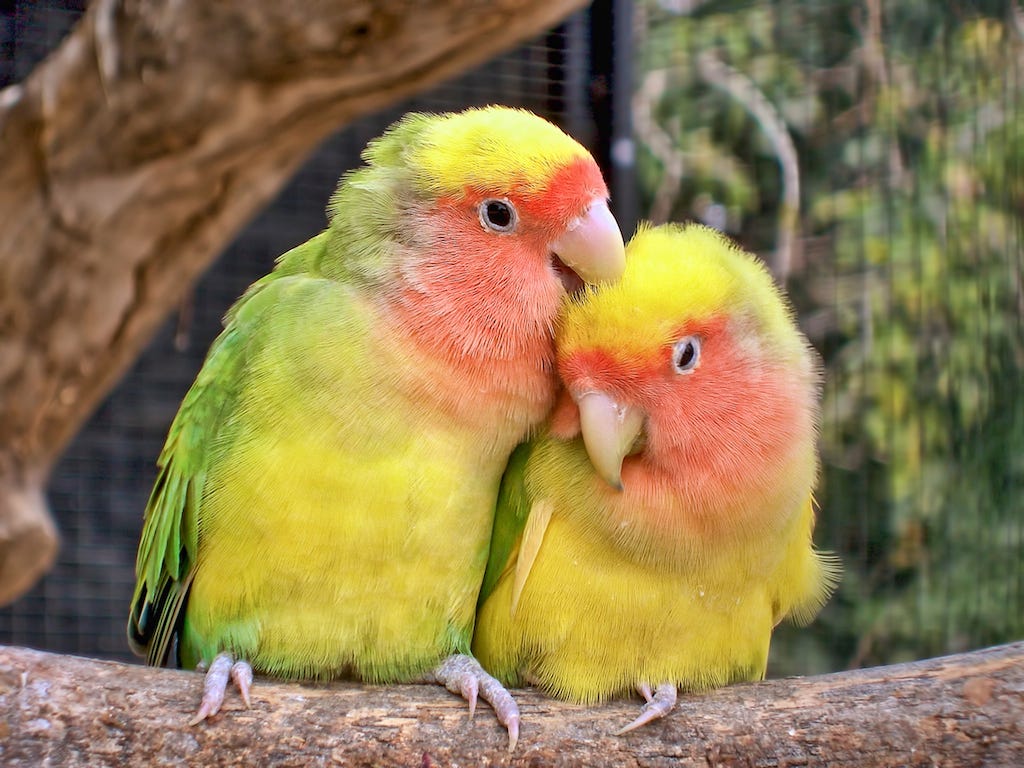
Birds have sensitive respiratory systems. Overheating or burning a PFTE pan releases colorless, odorless, toxic particles and gases that can cause sudden death in nearby pet birds. Even when cooked in as recommended, the pans can poison pet birds.
If our feathered friends drop dead while we fry eggs in PTFE pans, why would we assume these non-stick coatings don’t affect us as well? In a coal mine, a collapsing canary warned of the presence of carbon monoxide, giving miners time to evacuate. Now I’m not saying that cooking in a Teflon pan poses the same risks as a carbon monoxide leak (the pans can cause Teflon flu though) but maybe we should heed these bird deaths as a warning. Why introduce toxins into our homes when we have better cookware options?
The low-fat diet myth
Non-stick pans require little to no fat—a big selling point for many consumers. Buy why?
In the 1960s, the Sugar Research Foundation (known today as the Sugar Association) paid three Harvard scientists to shift the blame for heart disease from sugar to saturated fat. One of those scientists went on to head nutrition at the US Department of Agriculture in the late 1970s, where he influenced nutrition guidelines that recommended diets low in saturated fat.
But fat tastes delicious. So food manufacturers, eyeing a lucrative market forming, added more sugar (and salt) to their processed foods to make them taste better.
Soon, consumers began eating less fat and more refined carbs like bread, pasta, low-fat chips and crackers and the low-fat poster child, SnackWells, a dry, cakey, chocolate cookie. Diabetes and obesity surged. And although experts today say the low-fat advice was misguided, the message—fat is bad—persists.
Steve Burns, a cookware industry lobbyist working to thwart PFAS bans around the country, perpetuates the myth: “Burns claimed butter and oil used in pans is more unhealthy than Ptfe exposure.”
Teflon also continues to peddle the low-fat diet myth: “Cookware with Teflon™ nonstick coatings is safe for its intended use, and in fact, can contribute to a heart-healthy, low-fat diet by letting you cook with little or no fat.”
But who am I to claim that fat can be part of a healthy diet? I’m not an Instagram diet influencer (thank goodness), merely a food- and waste-obsessed newsletter writer. So listen instead to, say, the American Heart Association.
Dietary fats are essential to give your body energy and to support cell function. Dietary fats also help your body absorb some nutrients and materials of important hormones. — American Heart Association
When I sauté, I reach for the extra virgin olive oil, which offers several health benefits.
Better pan options
Below I’ve listed some alternatives to non-stick pans. I haven’t included every alternative, just the types I prefer. When shopping for pans, if you’re not sure whether a pan in question contains PFAS or not, look for a label that says “PFAS-free.” (The labels may also say “PFTE-free” or “PFOA-free.”)
Stainless steel
Choose good quality, multi-layered stainless steel pans for even heating.
With the addition of a bit of oil, food won’t stick. After cooking eggs—the raison d’être of non-stick pans—in a stainless steel pan, they will slide right out.
Those eggs may leave a few bits behind in the pan along with some oil. Baking soda cuts through grease and grime better than dish soap and leaves stainless steel super shiny. Sprinkle it on, scrub the surface with a wet loofah or sponge and rinse.
Cast iron
Cast iron is practically indestructible. It can withstand the flames of a campfire. If you neglect it, you can revive it easily. And it improves every time you use it.
I use my cast-iron skillets to cook pancakes, scrambled eggs, omelets, pan-fries and fried potato peels, grilled cheese sandwiches, cornbread, tamale pie, fruit galettes, fruit crumbles, frittata, sourdough biscuits, tortillas, naan—everything I can. It’s extremely versatile.
Before cooking for the first time in cast iron, you must season the pan. This does not involve rubbing the pan with fresh thyme and sprinkling it with salt and pepper. Seasoning refers to adding a layer of baked-on fat that protects the surface and, after several layers, can render the pan nearly non-stick. Every time you cook with fat in the pan, you improve the pan’s seasoning. (Go here for info on reviving and maintaining cast-iron pots and pans.)
Oh, I almost forgot! Last Christmas my daughter MK bought me a cast-iron loaf pan that I am obsessed with. It bakes bread with a beautiful golden, caramelized crust. And the loaves slip right out (I do grease the pan first but sometimes bread sticks a bit to metal or glass pans even after greasing).
Enameled cast iron
These cast-iron pans feature a smooth enamel coating covering the cast-iron core. Cook in an enameled cast iron pan the same way you would a cast-iron pan but never use metal utensils—they can chip the coating. The smooth surface cleans up easily and doesn’t require seasoning.
Carbon steel
I don’t own a carbon steel pan but want one. Go here for Serious Eats’ top carbon steel picks. After seasoning, carbon steel pans feature the slick surface of well-seasoned cast-iron but the lighter weight of stainless steel. Like cast iron, every time you cook in a carbon steel pan with fat, it will improve with an additional layer of seasoning.
Cooking without a non-stick pan
If you’re used to cooking with non-stick pans, these tips will help you adjust to the switch.
Pat food dry before cooking. Wet food won’t caramelize well.
Heat the pan before adding food to it. Adding food to a cold pan can cause the food to stick. (However! You don’t need to and should never preheat an empty pan on an induction burner longer than 2 to 3 seconds. An empty pan may warp or crack and damage an induction cooktop.)
Don’t move the food around. After you’ve added food to the hot, oily pan, even with that necessary addition of fat, it will stick to the pan initially. Once it browns nicely, it will release itself from the pan and you’ll be able to flip it easily.
Embrace the bits. If browned bits dot the bottom of the pan after cooking, deglaze it (i.e., make a pan sauce). Or cook something acidic in the pan. For example, I included a recipe for caponata, a sweet and sour eggplant stew, in an August newsletter. Sautéing the cubed eggplant does make a mess on the bottom of the pan. But the next step, stirring in a saucy tomato mixture, quickly removes every last browned bit of eggplant. Cleanup after gobbling up the caponata takes no time. (I use my high-sided stainless steel pan for this recipe. The acidic tomato sauce could potentially damage cast-iron in need of seasoning.)
If you own non-stick pans and now wish you didn’t, I wouldn’t recommend tossing all the pans and buying new ones—unless the non-stick surfaces have worn out. Throwing out functional cookware sends it prematurely to the waste stream. But you will need to replace those disposable pans at some point and when you do, you’ll know what to avoid and what to look for.


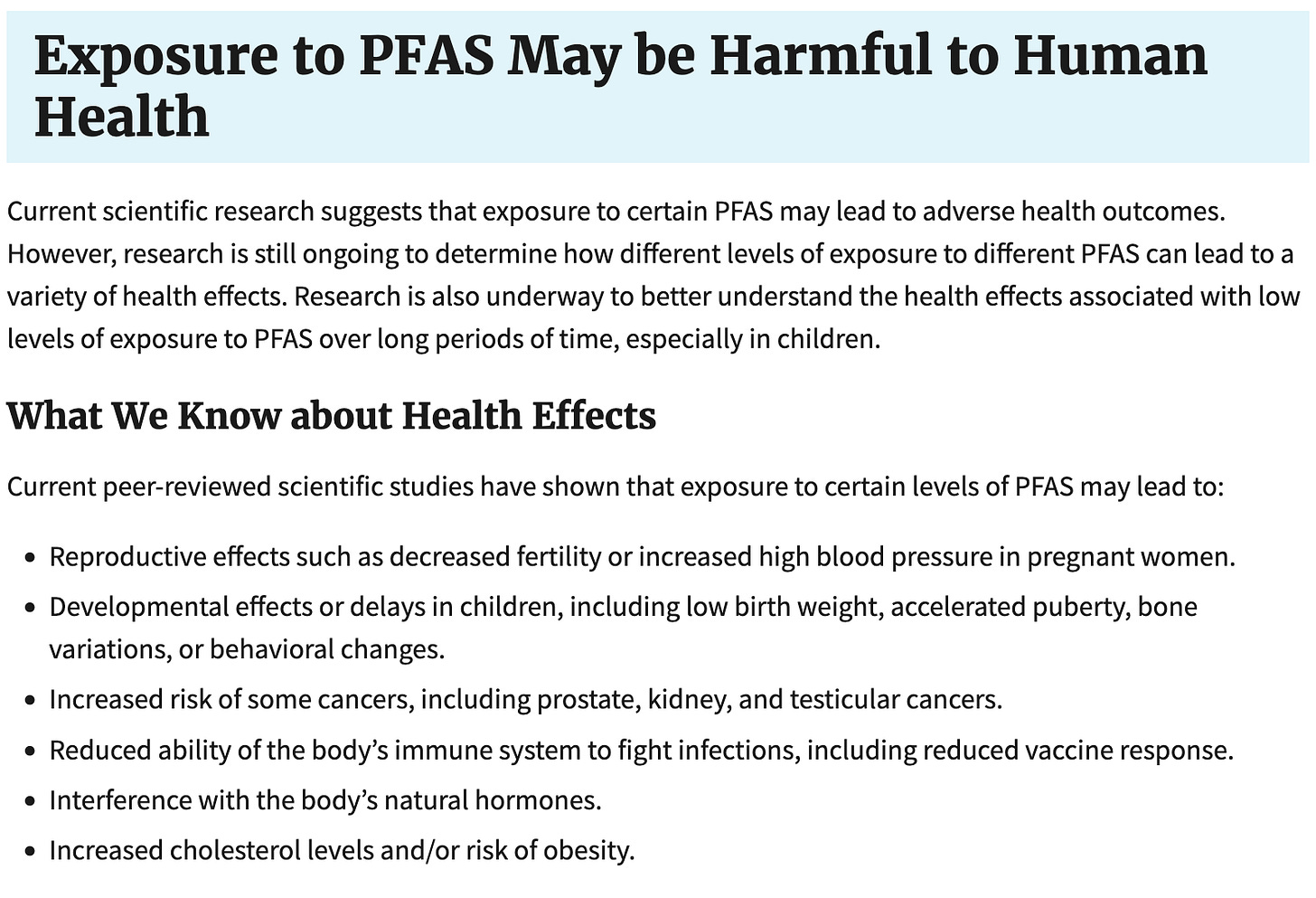
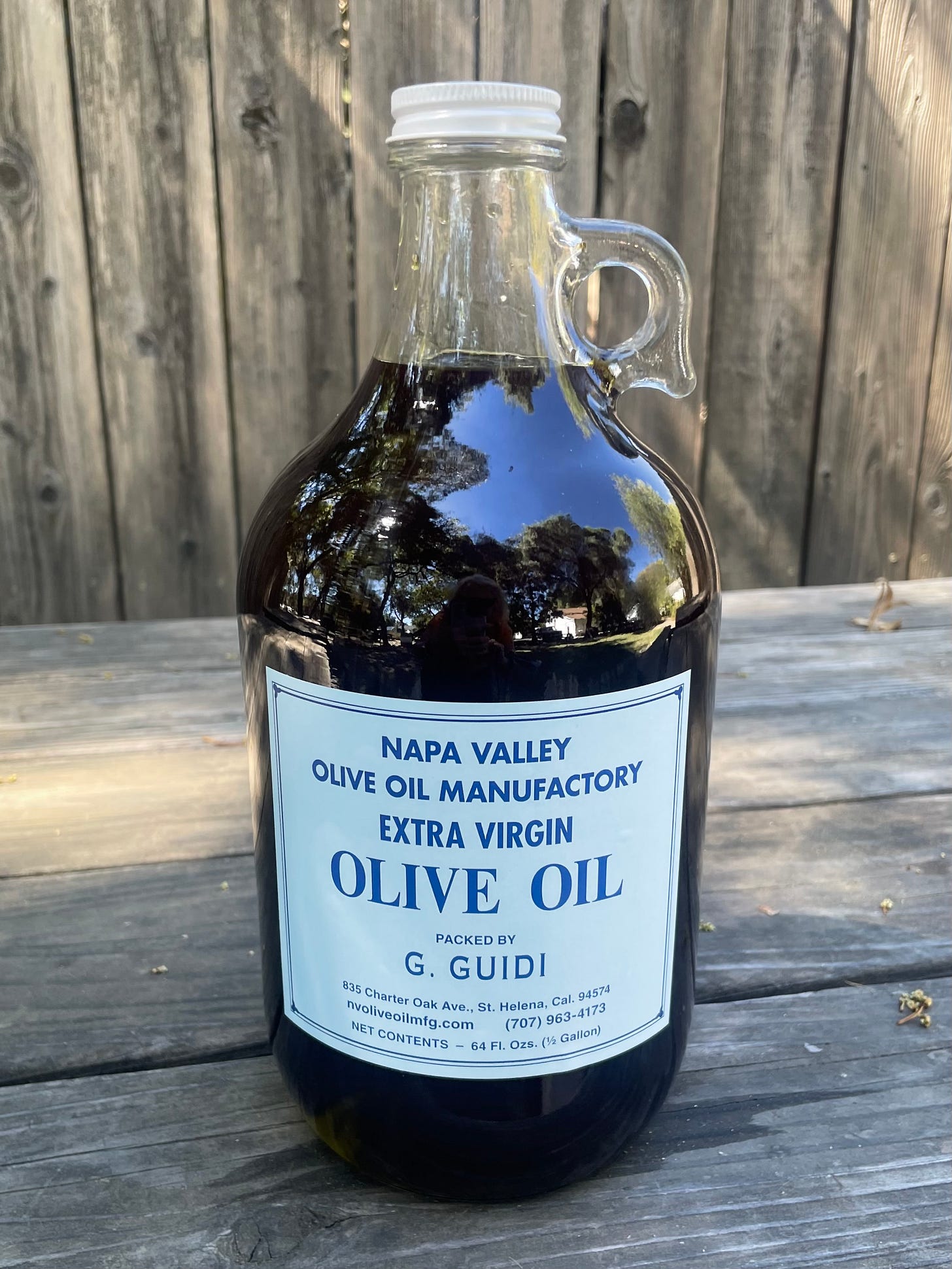
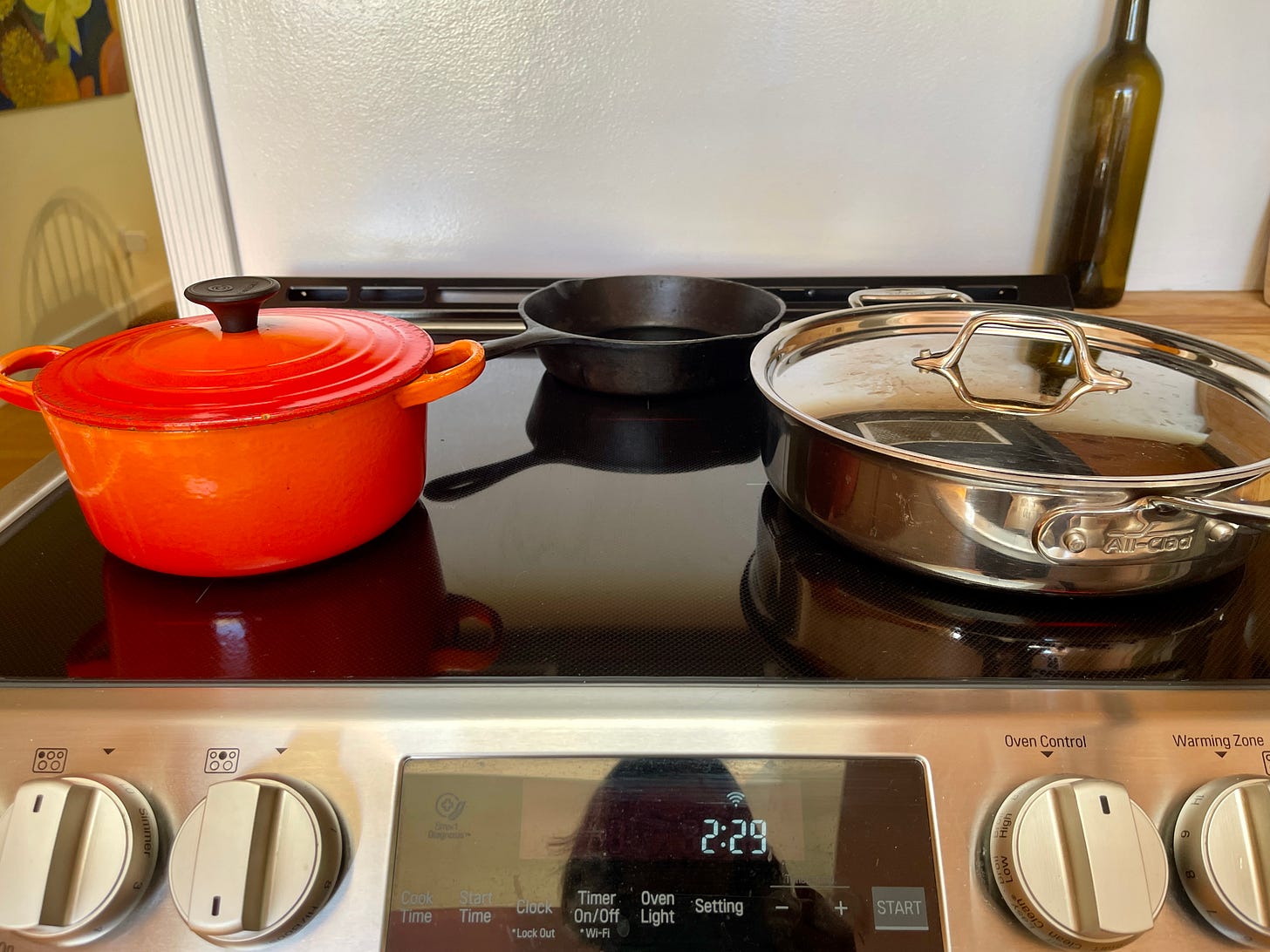
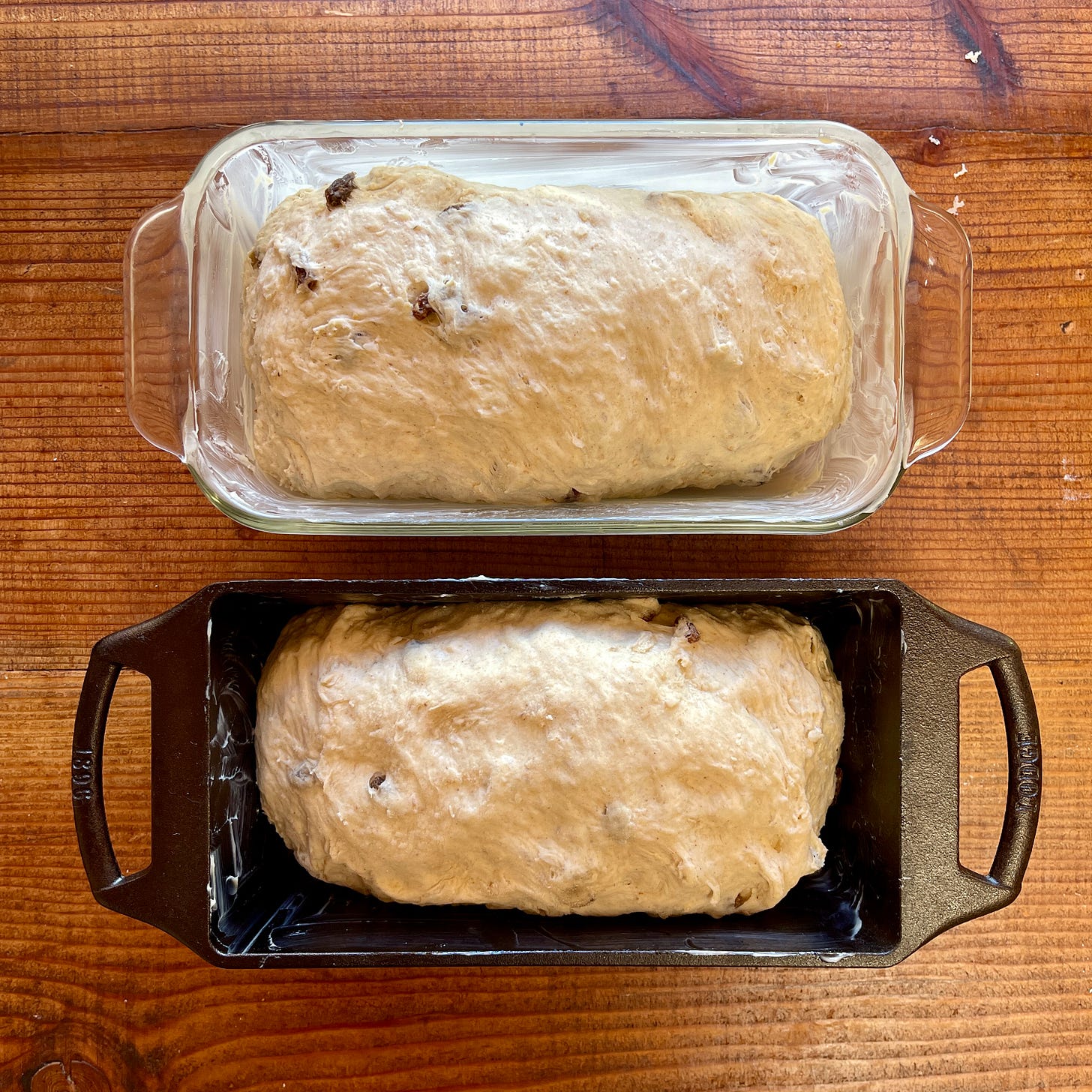
I always enjoy AND learn from your writing Anne Marie. Please keep sharing, I am happy to pay for your content. 😊
What’s a good stainless steel brand? I bought a set at macys years ago and they always burn. They look black on the bottom and on the edges inside. Maybe I bought aluminum?